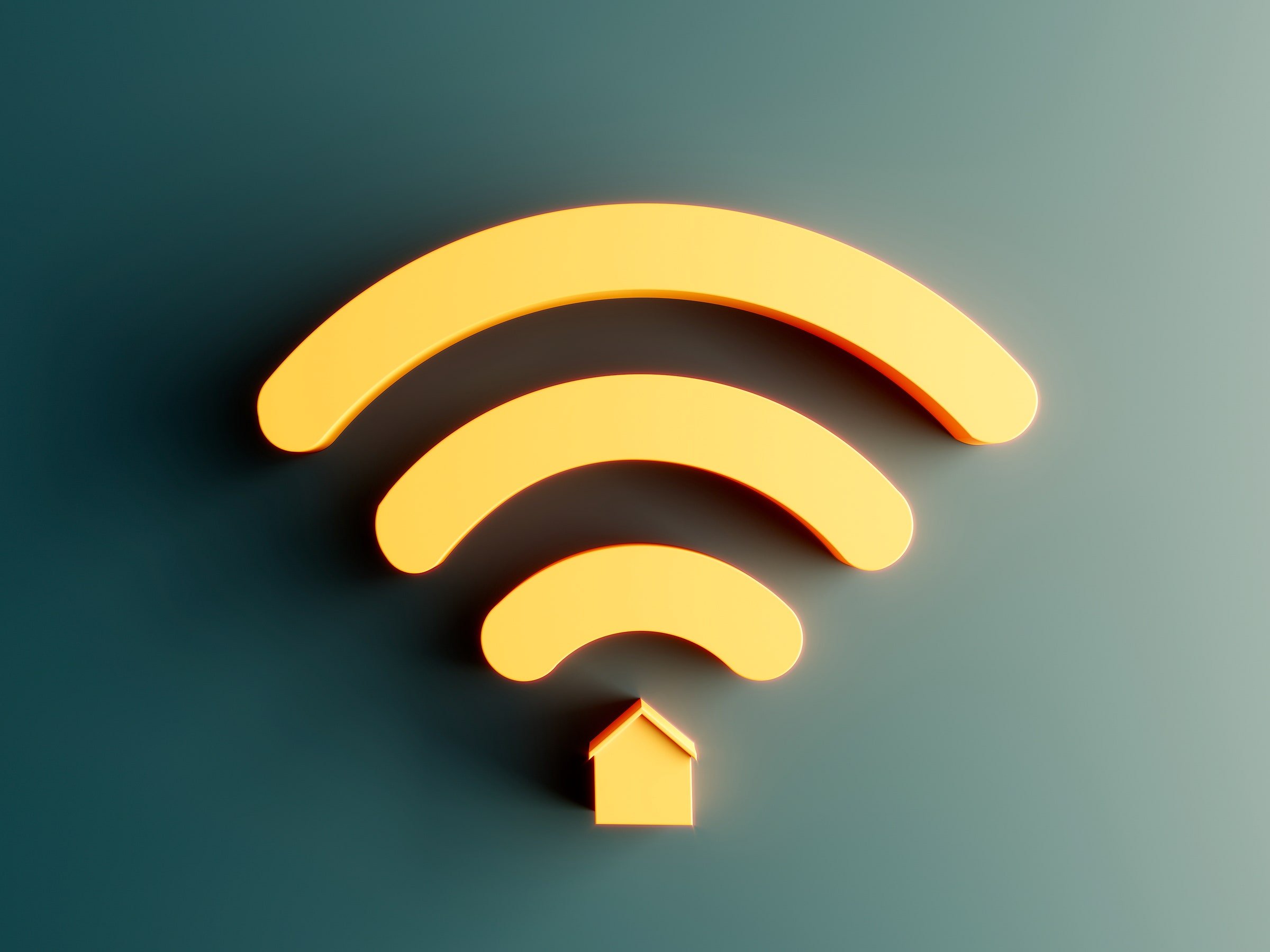Packages for home internet that use 5G cellular data service are beginning to be offered by carriers. If you’re unsure if it’s the correct choice for you, we can help.

In Short
- 5G home internet is emerging as a competitor to wired broadband, offering comparable costs and sometimes even lower prices.
- With speeds up to 10 Gbps and low latency, 5G is a viable alternative for those seeking faster, more flexible internet options.
TFD – Discover the latest in home internet options: 5G vs. wired service. Learn about costs, speeds, and benefits to make the right choice for your connectivity needs.
Sick of slow, expensive, or unreliable internet service? You probably are. Internet service providers (ISPs) came second to last in a study of customer satisfaction by industry in the US last year. For most folks, internet service comes into the house via cable, and choices are limited. But with mobile carriers rolling out fast, low-latency 5G networks, that is changing.
5G home internet may be a good substitute for regular broadband for some individuals. In an effort to recover the expenses of upgrading their networks, carriers are beginning to offer 5G residential internet services, which may finally give ISPs some serious competition. We have all the information you need to know what 5G home internet is, how it differs from broadband, and whether it’s something you should consider.
For a limited time, Gear readers can purchase WIRED for just $5, saving $25. This includes complete Gear coverage, unrestricted access to WIRED.com, and newsletters available exclusively to subscribers. Contributions enable us to continue doing our daily work.
Fifth generation, or 5G, is a wireless standard that is used worldwide. Over the past few years, mobile carriers have been implementing the fifth generation of cellular networks. Compared with the previous generation (4G), 5G opens up unused radio frequencies at the high end of the spectrum. To understand more, visit our guide to 5G, but in short, it’s quicker, lower latency, and capable of supporting more connected devices than 4G.
An alternative to regular broadband is 5G home internet. Using a fixed receiver inside or outside of your home, you can connect wirelessly to the 5G cellular network in place of putting a cable into your house to access the internet. Similar to your phone, you will have a service contract and use a SIM card. You’ll still need a modem and router to convert the incoming signal into Wi-Fi and spread it around your home.
There are currently 4G LTE home internet providers available, as well as ones that combine 4G and 5G. Both require a receiver and function in the same way, but 5G offers higher speeds and reduced latency. Theoretical speeds go beyond 10 Gbps with 1 millisecond of latency, but real-world performance around 1 Gbps is more common. All 5G needs to compete with broadband is a gigabit. 4G LTE typically maxes out at 100 Mbps but is often slower in the real world.
No, is the succinct response. The more detailed response is that it varies. If you have fiber optic cable to your house, you can enjoy super fast wired internet, but if you rely on copper cable, your internet speed will be limited. The proximity of an exchange and internet demand in your area will also impact the speeds you get. Some folks lack a cable connection, but remote areas typically don’t have great 5G coverage. If you have solid 5G coverage in your area but internet service is poor or expensive, 5G home internet might be a better choice.
There are a few benefits of 5G home internet over wired broadband, but three stand out:
There are pros and cons to everything. Here are some of the possible cons of 5G home internet:
Depending on your location and the quality of 5G coverage in your neighborhood. You may view download speeds and coverage by carrier on this nPerf coverage map. You can also check with your preferred carrier (most have coverage maps on their websites), but most only offer 5G home internet service in specific areas (big cities for now).
If you’re wanting to purchase 5G home internet service, you have a few options, but be sure to read the fine print. Most providers provide a combination of 5G and 4G LTE. You are likely to get the best deals from carriers you take multiple services from, so if you already have cell service, your carrier will likely offer a discount on home internet. Here’s an alphabetical list of US options to start with, but new services are rolling out all the time:
The following are your alternatives if you’re in the UK:
The cost of 5G home internet is comparable to that of wired internet service. In some cases, it might even be less expensive. 5G home internet plans start from as little as $15 a month (Starry), but most cost between $30 a month and $80 a month, depending on the speed and service you want. Many carriers offer discounts for existing customers and other incentives. Because they are keen to attract new customers, many 5G home internet services offer unlimited data, no fixed contracts, and no equipment fees. Just make sure you understand all of the conditions before you sign up.
Conclusion
As technology advances, the choice between 5G home internet and traditional wired service becomes more significant. Consider your needs for speed, reliability, and cost to make the best decision for your home connectivity.
Connect with us for the Latest, Current, and Breaking News news updates and videos from thefoxdaily.com. The most recent news in the United States, around the world , in business, opinion, technology, politics, and sports, follow Thefoxdaily on X, Facebook, and Instagram .